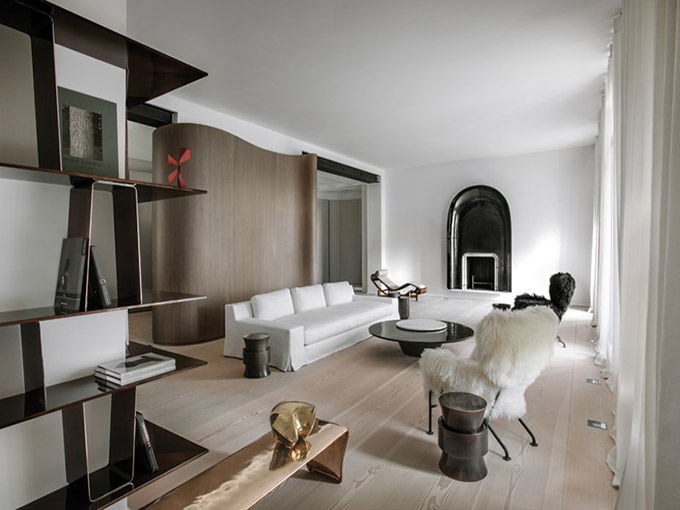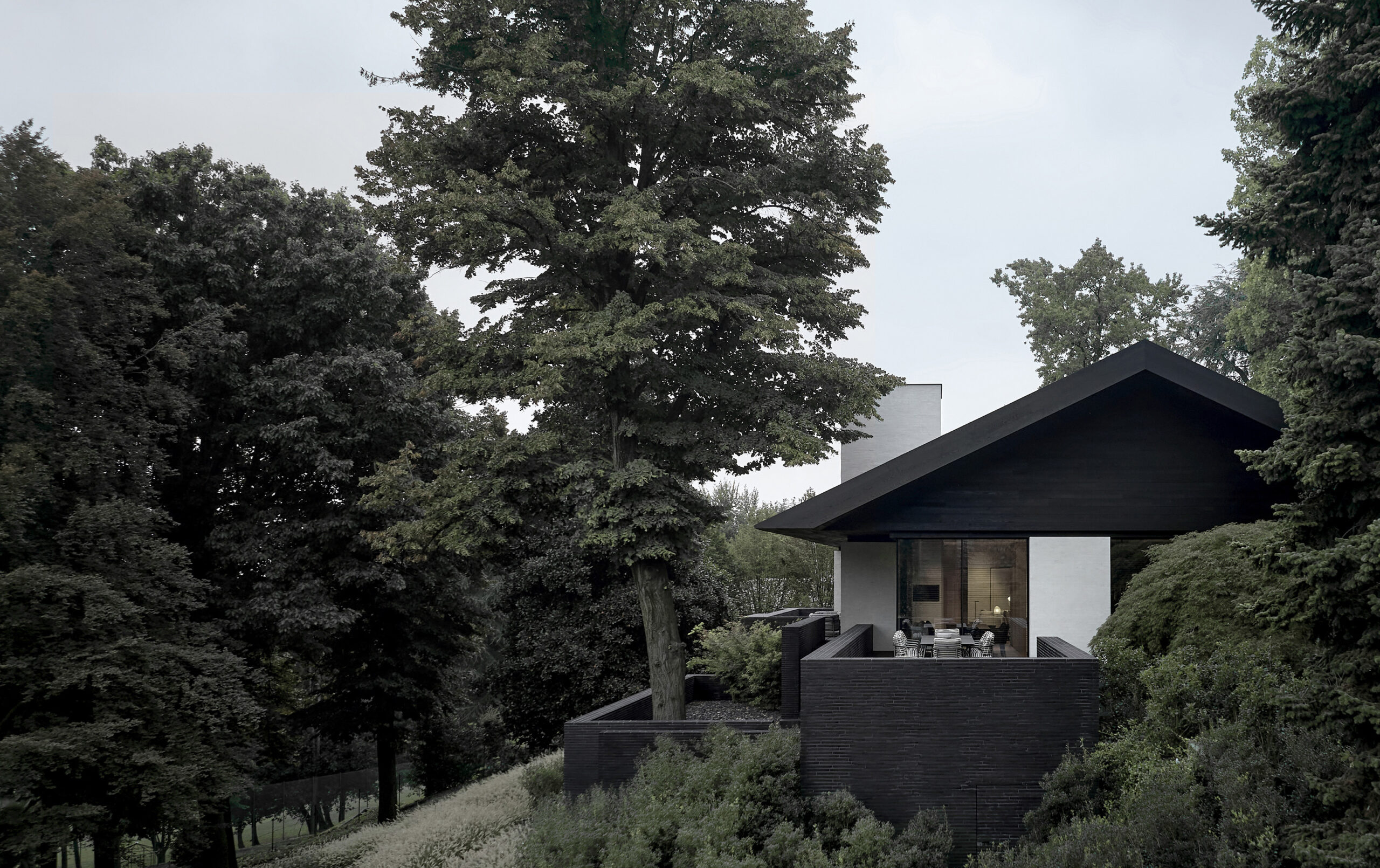
We are not quite sure how long we can stand feeling this envious but, for now, our envy is directed sharply at the owners of the gorgeous 500-square-meter (5,382 sq.ft) Parisian property, recently overhauled by designer François Champsaur.

The Marseilles-born, Paris-based designer was faced with a double challenge. The family has owned this apartment for generations, yet Champsaur’s brief was to make it ‘unrecognisable,’ as he is quoted as saying in a magazine article.

Also, the apartment is located in the Trocadéro neighbourhood with views of the Eiffel Tower and the Seine, and it carries a historical weight as a representative of an era. Champsaur did not want to destroy these historical underpinnings in the process.

Like the proverbial sculptor, he removed everything that wasn’t the apartment, including walls, false ceilings, doors and staircases. Narrow corridors, thick walls, heavy doors and dark corners disappeared.

The beautiful, U-shaped open space circling an inner courtyard was then carefully outfitted with just the right replacements: Light-weight walls and partitions, open sight-lines, minimal colour, custom-designed furnishings and lighting.

The cool old-world feel comes from the white framework, and of course, the view. You have no doubt your are in a storied, fabulously aging, historical space, but it is also a decidedly and classically modern luxury home.

Champsaur even convinced the owners to heed the call of their almost-empty-vessel surroundings. Used to living among numerous valuable and ornate objects in every room, the owners now agreed to select only key pieces that give just the right touch of decoration, tradition and opulence.
Many of the pieces of furniture, such as the Mars chairs by Konstantin Grcic for ClassiCon, are also sculptural and demand visual scarcity around them. One of our Our favourites is the green leather banquette seating designed by François Champsaur. We also love the undulating dividers made of both wood panels and wood slats and strategically placed to emphasize not so much the division but the unity of the spaces. – Tuija Seipell.














